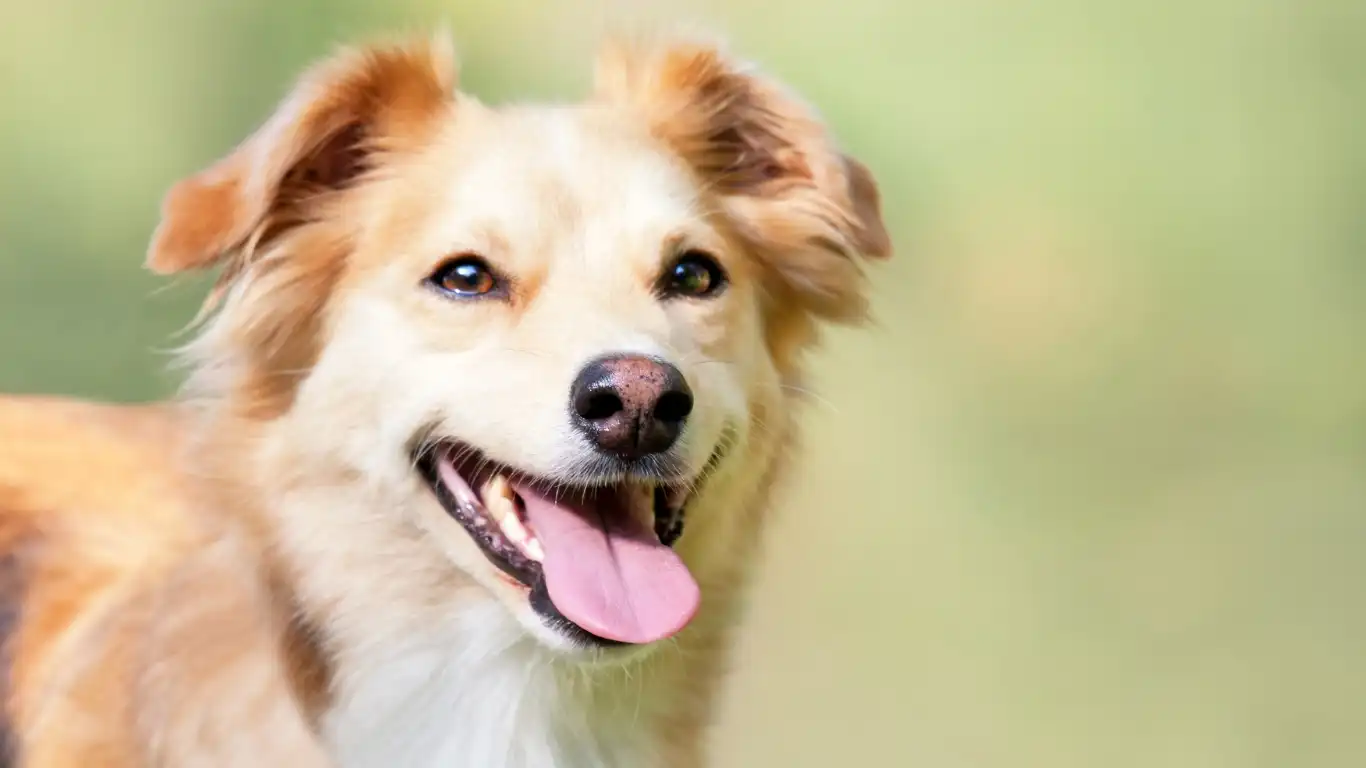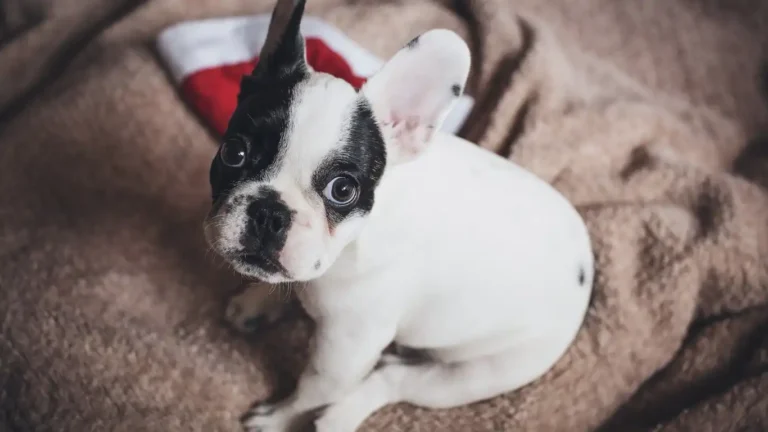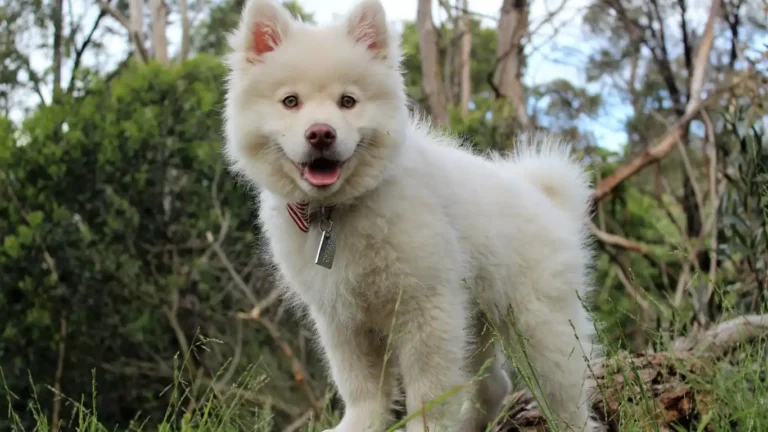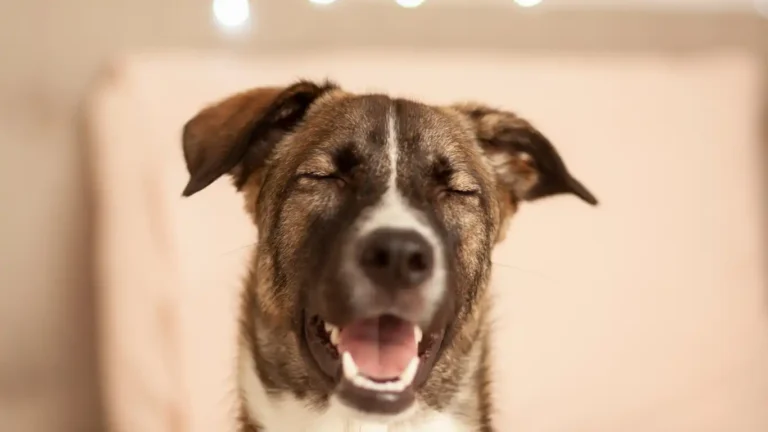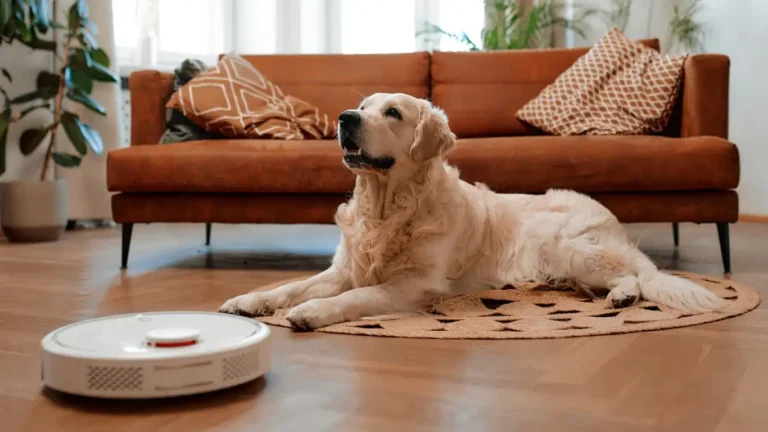Struggling With Visitors? How to Keep Your Dog Calm and Happy
If you’ve ever hosted a dinner party or a family gathering and spent more time calming your dog than enjoying your guests, trust me—you’re not alone. As a Veterinary Technician/Nurse with a focus on nutrition, I’ve had countless pet parents ask me, “How to keep your dog calm while guests are over?” It’s one of those things that seems simple—until your pup turns into a jumping bean or an anxious wreck every time the doorbell rings. I’ve seen it all: from tail-chasing tornadoes to trembling wallflowers. The good news? There are some tried-and-true strategies to help your furry friend stay cool, calm, and collected. Let’s dive in.
Understanding Your Dog’s Triggers
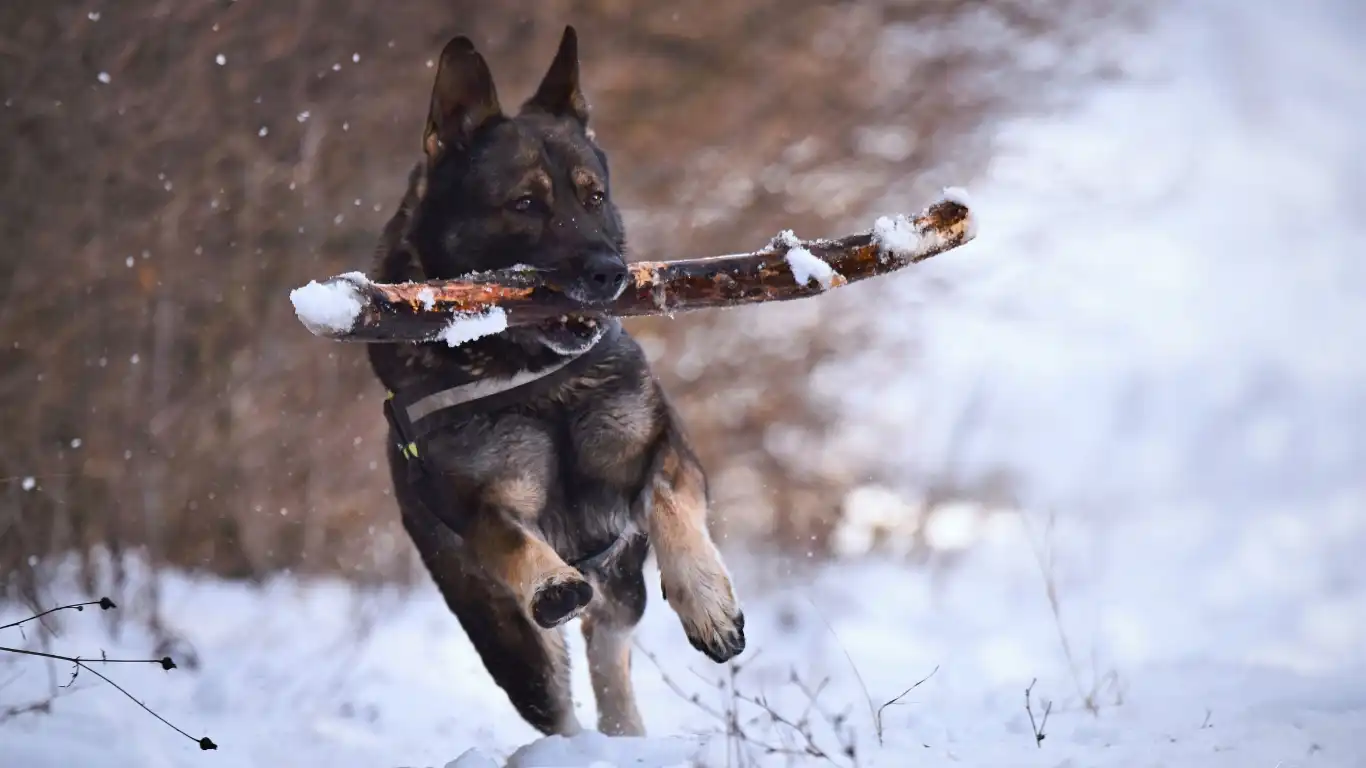
First things first—before we can manage the behavior, we’ve got to understand where it’s coming from. Dogs don’t get stressed for no reason. They’re usually reacting to specific triggers. Common ones I’ve observed include:
- The sound of the doorbell or a knock
- Sudden changes in environment or routine
- Unfamiliar smells or voices
- Too much excitement or overstimulation
When I worked in clinics, we used to keep a close eye on how animals reacted to new people. Some dogs wagged like crazy, others froze in place. Each dog is unique, and that’s the key—know your dog. If your dog tends to bark nonstop or hides under the couch the moment someone walks in, that’s their way of telling you they’re not okay with the situation.
Pre-Guest Prep: Set the Stage for Calm
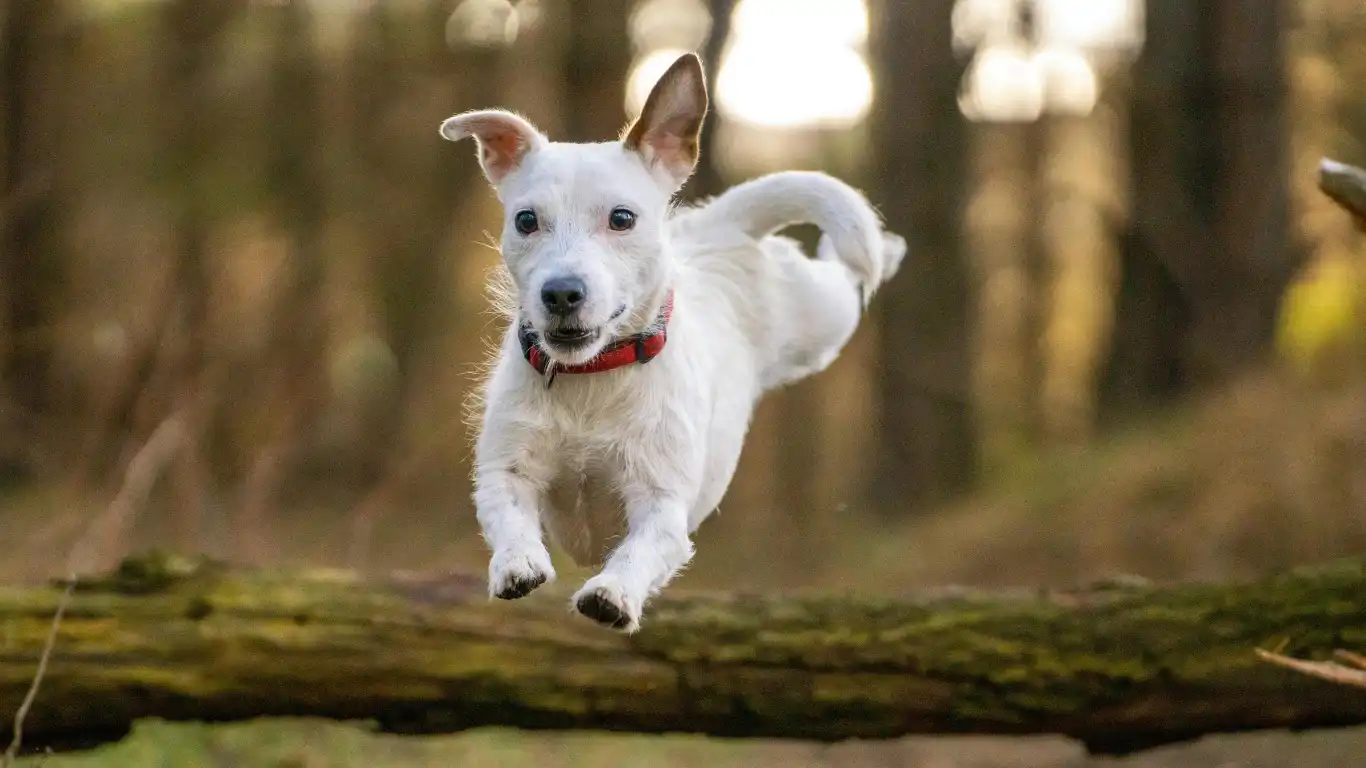
One of the easiest ways to set your dog up for success is by prepping your environment before the guests arrive. Think of it like baby-proofing, but for dogs. Here’s what I usually recommend:
- Exercise first: A tired dog is a calm dog. Take them for a walk, play fetch, or do some brain games before company shows up.
- Safe space: Create a cozy spot where they can retreat—a bedroom, crate, or corner with their bed and favorite toys.
- Background noise: Gentle music or white noise can drown out startling sounds like laughter or clinking dishes.
- Smell is powerful: Use calming dog-safe essential oil diffusers (like lavender or chamomile) to set the mood.
In my own home, I have a little “zen zone” set up with my dog’s favorite blanket, a stuffed Kong, and a calming pheromone plug-in. Honestly, it’s like doggy spa day—works wonders!
Nutrition Can Make a Difference
Here’s where my background in veterinary nutrition really comes in handy. Most people don’t realize that a dog’s diet can affect their behavior. I once worked with a Labrador named Max who would go bonkers when guests came over—panting, pacing, you name it. We looked at everything and eventually realized his high-carb diet was spiking his energy levels like crazy.
We switched him to a more balanced, protein-rich diet with L-theanine and tryptophan (natural calming amino acids), and over time, his response to guests became noticeably milder. So yeah, food matters—a lot more than most think.
Look for commercial dog foods that support behavioral health, or talk to your vet about natural supplements. Always read labels, and make sure you’re feeding something with real, whole ingredients. Don’t underestimate the power of a good meal.
Desensitization: Train Before the Big Day
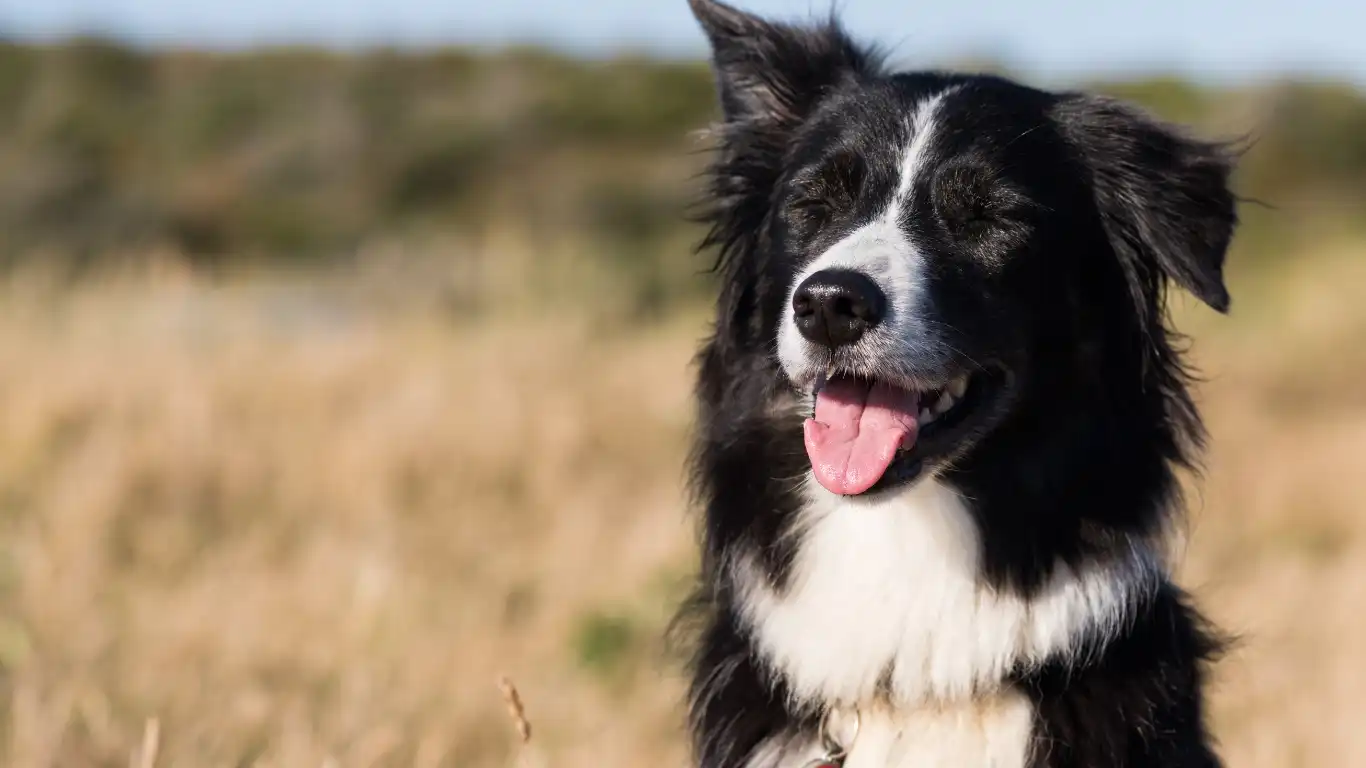
Now this part takes time, but it’s so worth it. I’ve helped several clients with dogs who get overstimulated by new people, and one thing we often lean on is desensitization training. The idea is to expose your dog to the triggers slowly and in a positive way, so they don’t freak out when the real deal happens.
For example, if the doorbell is a big stressor, try this:
- Have someone ring the bell while you stay calm and offer your dog a treat.
- Repeat a few times a day, increasing the time your dog remains calm before they get the treat.
- Eventually, they’ll start associating the doorbell with good stuff—not chaos.
I’ve done this with my own dog, and after a few weeks, he actually looked to me for a treat instead of rushing the door. It’s not magic, it’s just patience and consistency.
Behavior Management During the Visit

Alright, so the guests have arrived—now what? This is the part where most dog parents start sweating, hoping their pup doesn’t jump on Aunt Karen or bark nonstop at the neighbor’s kid. Totally get it. I’ve been there too, both as a pet parent and in clinic settings where dogs get overwhelmed by unfamiliar faces.
When people come over, your job isn’t just to be a good host—you’re also your dog’s advocate. That means watching their body language, keeping them engaged, and redirecting their energy when needed. Here’s how I personally handle this stage:
- Keep treats handy: Positive reinforcement is your best friend. Reward calm behavior with small, high-value treats.
- Use commands: If your dog knows cues like “place,” “sit,” or “stay,” this is the time to put those to work. I keep my dog’s mat in the living room and send him there as soon as guests walk in.
- Limit freedom initially: Use a leash or baby gate to manage space. Let them earn more freedom as they stay calm.
- Breaks are okay: Some dogs just need a little time-out from the excitement. Don’t hesitate to give them a break in their safe space if they look overwhelmed.
My go-to trick? A stuffed puzzle toy. I usually prep one ahead of time and hand it to my dog when guests start settling in. Keeps him busy, mentally stimulated, and away from underfoot.
Helping Guests Help You
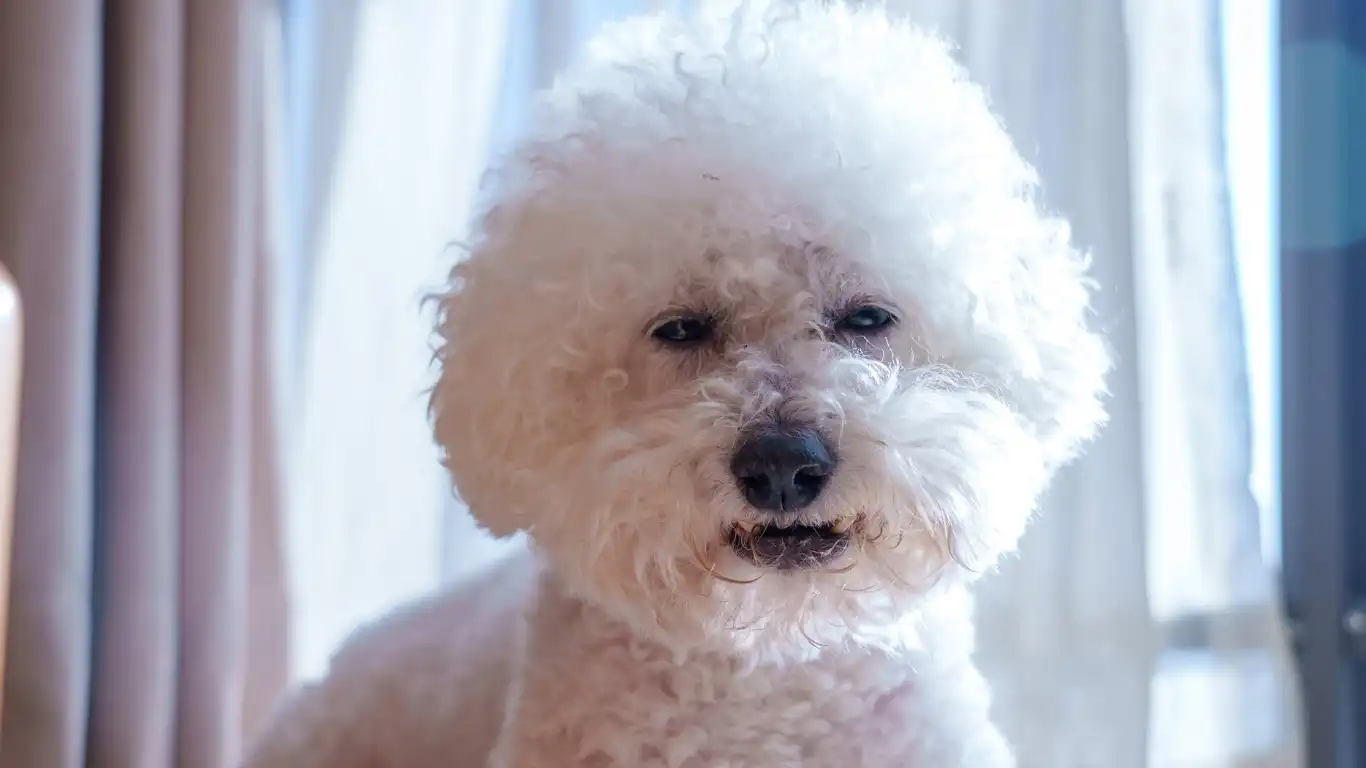
Here’s something people rarely talk about: sometimes, it’s not the dog that needs training—it’s the guests! I can’t count how many times I’ve seen well-meaning visitors unintentionally rile up a dog by coming in hot with high-pitched voices and big gestures. Dogs pick up on all that energy.
Here are a few things I casually (but clearly) ask my guests to do when they visit my place:
- Ignore the dog at first: Let them approach on their own terms. No eye contact, no petting right away.
- Keep greetings low energy: No squealing or flailing arms—save that excitement for human friends.
- Ask before petting: Just because your dog is adorable doesn’t mean they’re ready to be touched.
I usually just make it sound like part of the “house rules”—and trust me, most people appreciate the guidance. It makes things smoother for everyone, including your pup.
Using Tools (the Right Way)
Let’s chat tools for a second. I’m not big on overcomplicating things, but there are a few products that I’ve seen work wonders—when used properly. These aren’t magic solutions, but they can definitely help your dog stay more relaxed when guests are over.
- Thundershirts or anxiety wraps: Apply gentle, constant pressure that soothes some dogs.
- Calming collars or diffusers: Infused with pheromones that mimic a mother dog’s scent. Great for general anxiety.
- Interactive feeders: Not just for mealtime—they keep your pup mentally engaged while visitors chat.
One of my clients used to give her anxious Shih Tzu a Thundershirt about 20 minutes before visitors showed up. Paired with some calming treats and a quiet room nearby, the difference was night and day.
Post-Guest Recovery: Don’t Skip This Step

After your guests leave, it might feel like everything’s done—but for your dog, they’re still decompressing. Just like people need to unwind after social events, so do our pets. I like to call this the “decompression window.”
During this time, keep things low-key. No loud noises, no extra stimulation. I usually offer some water, dim the lights, and maybe even do a little massage (yes, seriously—it helps!). It’s also the perfect time to reflect on how your dog did. Was there less barking? Shorter recovery time? That’s all progress!
If something didn’t go well, don’t stress. Every dog is a work in progress, and sometimes it takes a few visits before they get the hang of it. Keep showing up, keep supporting them, and celebrate those little wins. I promise, with consistency and compassion, you’ll get there.
When to Call in a Pro
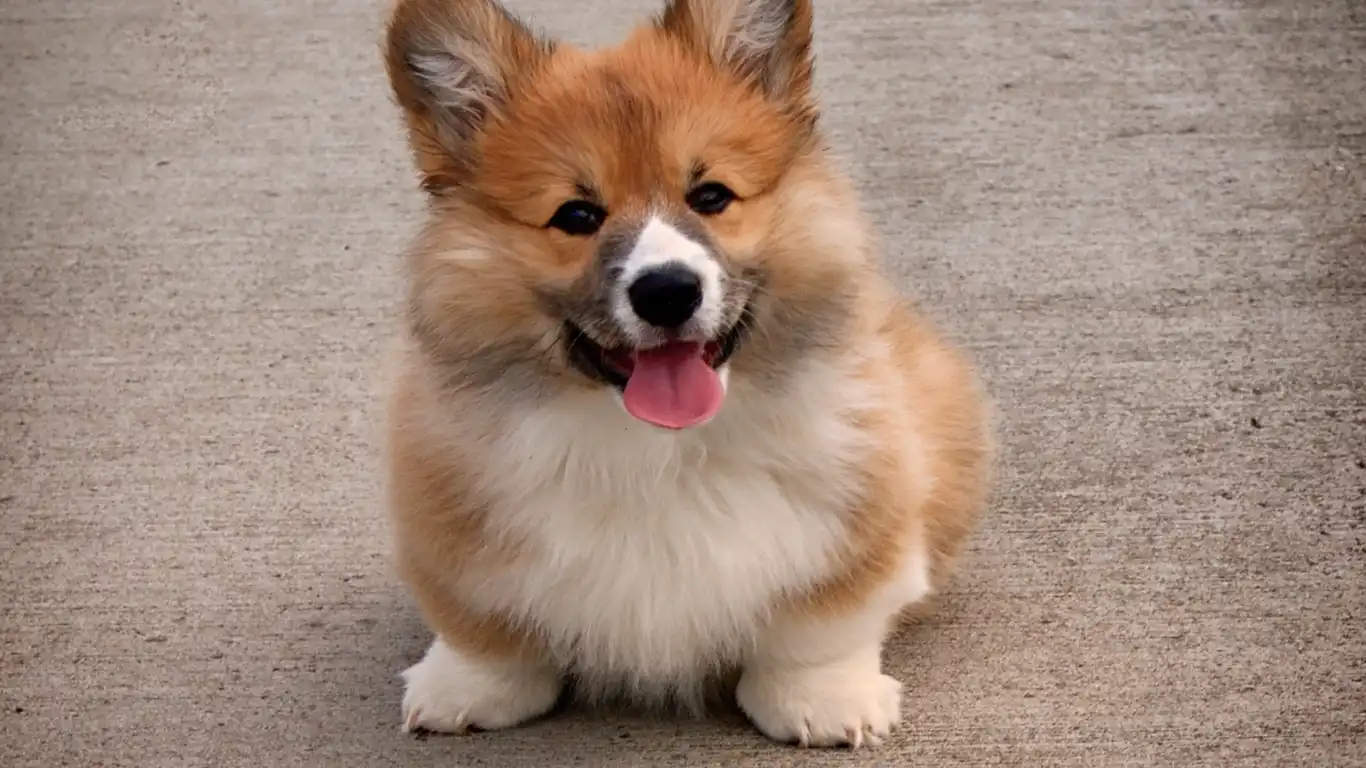
Sometimes, despite all your prep and best efforts, your pup just can’t seem to settle down when people come over. And that’s okay—it doesn’t mean you’re failing. It just might mean your dog needs a bit more help. As someone who’s spent a good chunk of time in vet clinics and behavior consults, I always encourage pet parents to know when it’s time to reach out to a professional.
If your dog is displaying signs like:
- Growling or lunging at guests
- Extreme shaking or hiding for hours
- Accidents in the house from stress
- Destructive behavior like chewing or scratching doors when visitors arrive
Then a certified trainer or veterinary behaviorist might be the next step. These folks are trained to dig deeper into the behavior patterns and help create customized plans. I’ve seen night-and-day transformations with the right guidance and patience. Just make sure you’re working with someone who uses positive reinforcement methods—you want someone who’s building trust, not fear.
Daily Routines That Support Calm Behavior

One thing I always share with clients (and live by myself) is that what you do every day with your dog matters way more than what you do only when guests come over. If your dog is already in a routine that supports emotional balance, they’re going to be a whole lot more chill when new people are in their space.
Here are a few staples of my everyday dog-care game plan that support calm behavior long-term:
- Consistent meal times: Helps create structure and predictability, which reduces anxiety.
- Regular exercise: Not just walks—think playtime, scent games, and puzzle toys to burn off mental energy too.
- Training moments: Even five minutes a day keeps their brain engaged and reinforces calm behaviors.
- Quality rest: Dogs need way more sleep than we do. Make sure they have a quiet space to recharge undisturbed.
My own pup is like a completely different dog when he sticks to his schedule. One off day? Eh, no biggie. But several days without mental or physical stimulation? That’s when behaviors start to pop up. Trust me, routine is underrated.
Letting Go of the “Perfect Dog” Pressure
Before we wrap up, I want to say something that I tell pet parents all the time—don’t aim for perfection. Aim for progress. Your dog doesn’t need to be the picture of calm every time guests are over. The goal is for them to be safe, manageable, and slowly improving.
I’ve had dogs who barked their heads off for five straight minutes every time someone knocked. Over time, with consistent support and a lot of patience, that became just a few woofs and a look to me for direction. That’s a win in my book. If you’re working with your dog, learning together, and staying consistent, you’re doing it right—even if it doesn’t always look Insta-perfect.
So next time your guests swing by and your pup is doing their best not to lose it, give yourself a little grace. You’ve got the tools now. You’re paying attention, and you care—and that alone puts you way ahead of the curve.
References
Disclaimer
This article is for informational purposes only and based on my professional experience as a Veterinary Technician/Nurse with a focus on pet nutrition. It is not intended to replace professional veterinary advice, diagnosis, or treatment. Always consult your veterinarian or a certified behaviorist for specific guidance tailored to your pet’s individual needs.
